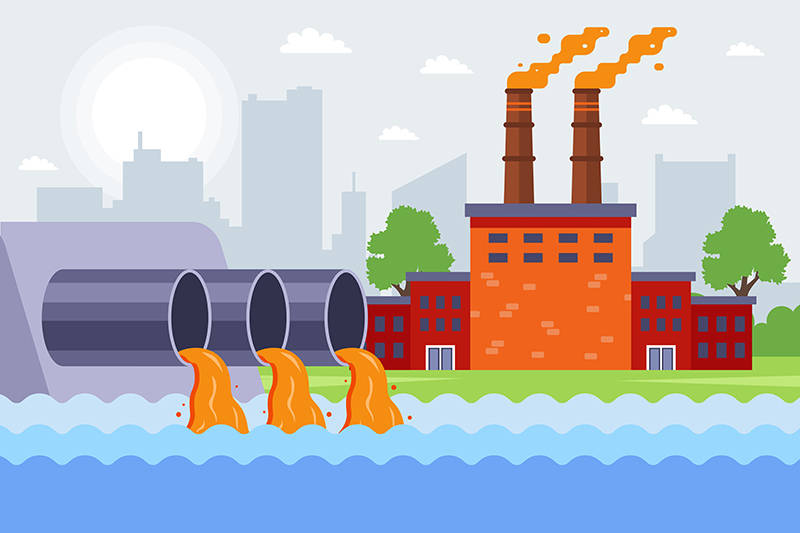coagulation and flocculation in water treatment
Coagulation and Flocculation in Water Treatment A Comprehensive Overview
Water treatment is a critical process that ensures safe drinking water and adequate sanitation, playing a vital role in public health and environmental protection. Among the various methods employed in water treatment, coagulation and flocculation are essential steps that effectively remove suspended particles, organic matter, and microorganisms from water sources. This article delves into the principles, processes, and importance of coagulation and flocculation in water treatment.
Understanding Coagulation and Flocculation
Coagulation refers to the process of destabilizing colloidal particles in water, leading to their aggregation into larger clusters, known as flocs. This is usually achieved by adding coagulants—chemical agents that promote the aggregation of suspended particles. Common coagulants include aluminum sulfate (alum), ferric chloride, and polyaluminum chloride. The choice of coagulant depends on the characteristics of the water being treated and the specific contaminants present.
Flocculation is the subsequent step where the fine flocs formed during coagulation are allowed to agglomerate into larger, more easily removable particles. In this stage, gentle mixing or agitation is employed to encourage the collision of flocs, leading to their growth in size. The combination of these two processes effectively reduces turbidity and enhances the clarity and quality of the water.
The Coagulation Process
The coagulation process typically involves several key stages. First, the raw water is tested to determine its pH, turbidity, and the concentration of contaminants. Based on this analysis, appropriate coagulants are selected and dosed into the water at specific rates. The coagulants carry a charge opposite to that of the suspended particles, which helps neutralize their charge and destabilizes them.
Once the coagulants are introduced, a rapid mixing phase occurs to ensure uniform distribution and efficient interaction between the coagulants and the contaminants. Following this, a slow mixing phase allows for the formation of microflocs, which then grow into larger flocs during the flocculation phase. The entire process is carefully monitored to optimize the removal of impurities and achieve the desired water quality.
coagulation and flocculation in water treatment

Importance of Coagulation and Flocculation
The significance of coagulation and flocculation in water treatment cannot be overstated. By effectively removing suspended solids, these processes contribute to the reduction of turbidity, which is crucial for enhancing the aesthetic quality of water. Furthermore, coagulation and flocculation help eliminate pathogens, algae, and organic matter, thereby improving the overall microbial quality of treated water and reducing the risk of waterborne diseases.
Beyond public health concerns, coagulation and flocculation also play a vital role in protecting aquatic ecosystems. Untreated water often contains high levels of pollutants that can be harmful to aquatic life. By ensuring that contaminants are removed, these processes aid in the sustainability of water bodies and their surrounding environments.
Challenges and Innovations
Despite their effectiveness, the coagulation and flocculation processes can present challenges. Factors such as water temperature, pH, and the presence of various contaminants can influence the performance of coagulants. Continuous monitoring and adjustments may be required to maintain optimal conditions. Moreover, the disposal of sludge generated during these processes raises environmental concerns, prompting the need for sustainable waste management solutions.
In recent years, technological advancements have led to innovative approaches in coagulation and flocculation. Research into alternative coagulants, such as natural and biodegradable options, is ongoing. Additionally, the integration of automated monitoring systems allows for real-time adjustments, enhancing the efficiency and effectiveness of water treatment operations.
Conclusion
Coagulation and flocculation are integral components of water treatment, ensuring the delivery of clean and safe drinking water. As challenges persist in water quality management, continuous research and development in this field are essential to improve these processes and sustain safe water supplies for future generations. Understanding and implementing effective coagulation and flocculation strategies is crucial for maintaining public health and protecting our precious water resources.
-
The Power of Isothiazolinones in Modern ApplicationsNewsMay.08,2025
-
Flocculants in Water TreatmentNewsMay.08,2025
-
Flocculants and Chemical Solutions: What You Need to KnowNewsMay.08,2025
-
Flocculants and Chemical Solutions: A Growing IndustryNewsMay.08,2025
-
Essential Chemicals: Polymaleic Anhydride and MoreNewsMay.08,2025
-
Acrylic Polymers: Essential Solutions for IndustryNewsMay.08,2025





